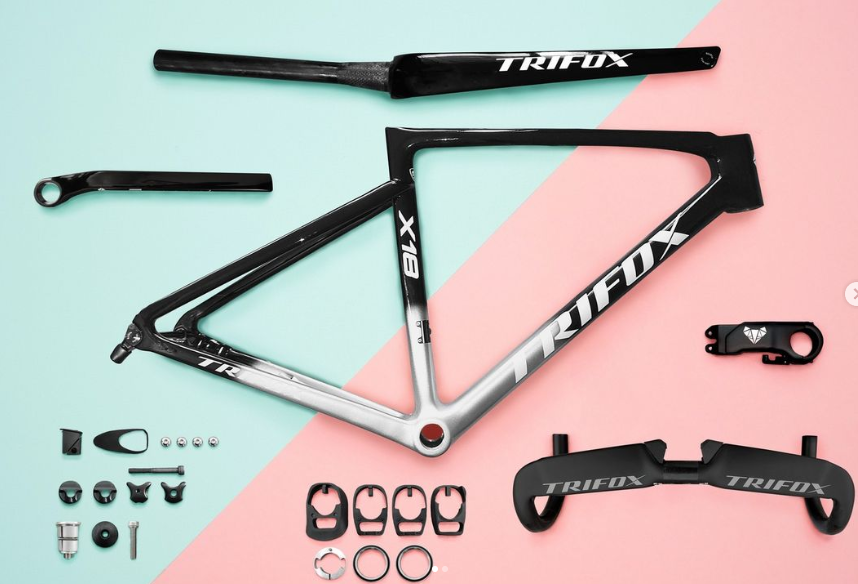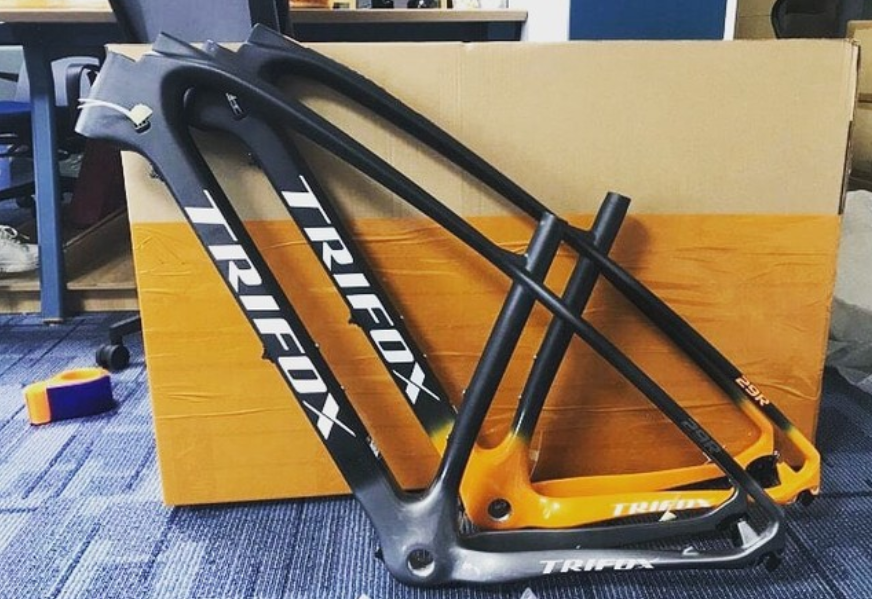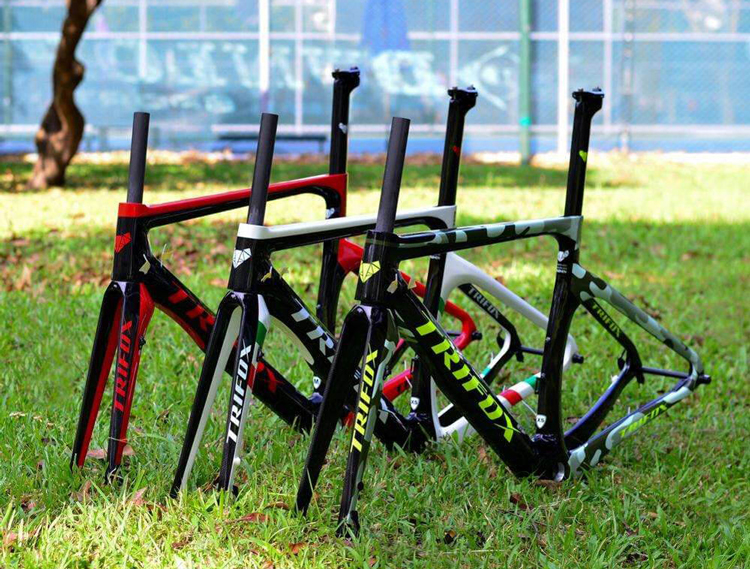With the rapid development of bicycles, many riders intend to buy or already have carbon fiber bicycles, but there are still many riders who do not have a detailed and systematic understanding of the performance of carbon fiber materials. We often encounter riders who ask, carbon fiber frame and How long will the wheels last? Is strength feasible? Will you’re frame break if I weigh 120 pounds? So what exactly is carbon fiber? How good is his strength?
What we usually call carbon fiber frame, in fact, should be called carbon fiber composite frame more accurately, which is a kind of fiber-reinforced composite material. It is made of carbon fiber and epoxy resin. In CFRP, we call carbon fiber the reinforcement material, which is the dispersed phase, and the resin is called the matrix material, which is the continuous phase. The reason why it becomes one of the materials of choice for high-end bicycles is determined by its own mechanical and chemical properties.
His characteristics:
1. High specific strength (ratio of strength to density) and specific modulus (ratio of modulus to density).
This has just resulted in making the frame of the same strength, and it can be made very light by selecting CFRP (carbon fiber composite material). The following compares the mechanical properties of several common structural materials
Material Density (g/cm3) Tensile Strength (Gpa) Elastic Modulus (Gpa) Specific Strength Specific Modulus
Steel 7.8 1.010 206 0.13 26
Aluminum 2.8 0.461 74 0.17 26
Titanium 4.5 0.942 112 0.21 25
CFRP 2 1.45 1.472 137 1.02 95
CFRP-1.6 1.050 235 0.66 147

2. Good fatigue resistance
Fatigue failure of general metal materials is a sudden failure without obvious symptoms, while CFRP has good fatigue resistance, and there are obvious symptoms before failure. Several CFRP frame bikes of the Hebei Mountain Team have visible cracks, but still retain most of their strength, which greatly improves the safety of riding. Reason: The reinforcing fibers are thinner and have fewer defects. The matrix has good plasticity and can inhibit the development of cracks. Of course, because it belongs to cutting-edge materials, technical processes, and quality control, it is still immature and needs to be tested in practice

3. Good damage safety
There are tens of thousands of independent fibers on the CFRP cross-section, even if some fibers are broken due to overload, the load will be quickly redistributed to the undamaged fibers so that the component will not completely lose its bearing capacity and break in an instant
4. Strong shock absorption ability
(1) CFRP has a large specific modulus, high natural frequency, and is not prone to resonance
(2) CFRP is a heterogeneous multiphase system. There are a large number of interfaces between the fiber and the matrix. Since the interface has the effect of reflection and absorption on vibration, CFRP has strong vibration damping and can quickly attenuate vibration.
5. Good high-temperature performance
Carbon fiber can withstand a high temperature of about 2000 degrees Celsius without changing its strength. Therefore, the overall temperature resistance of CFRP depends on the epoxy resin used as the matrix. The heat resistance of various grades of epoxy resin is different, and the additives will also produce influences. CFRP frame will have no problem in this respect.

6. Good aging resistance
Matrix material Epoxy resin with appropriate additives has excellent anti-aging properties, and the general service life is 20 years. Therefore, the CFRP frame will be mechanically damaged first, so there is no need to worry about its chemical aging
7. Strong designability
Fiber composite materials are composed of two or more materials with different properties, and their structure includes fibers, matrix, and interface. All three aspects will affect the performance of CFRP. The fiber in CFRP is carbon fiber, which is used to bear the load, while the matrix is used to protect the fiber laying shape, allow the fiber to bear compression and shear loads, disperse the transmitted load, and protect the fiber.




















































































